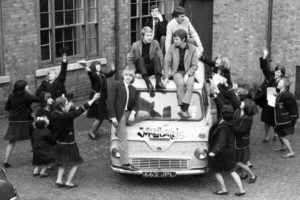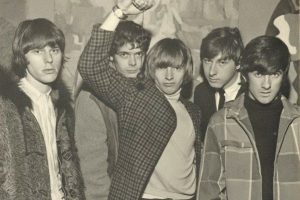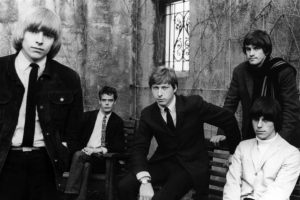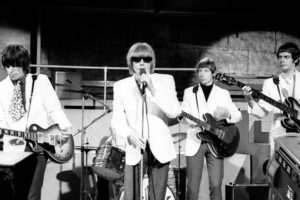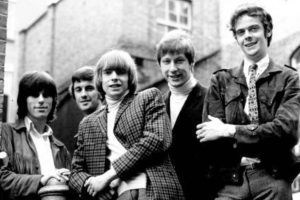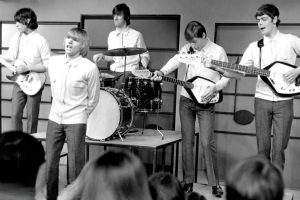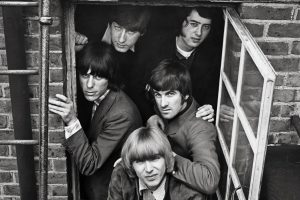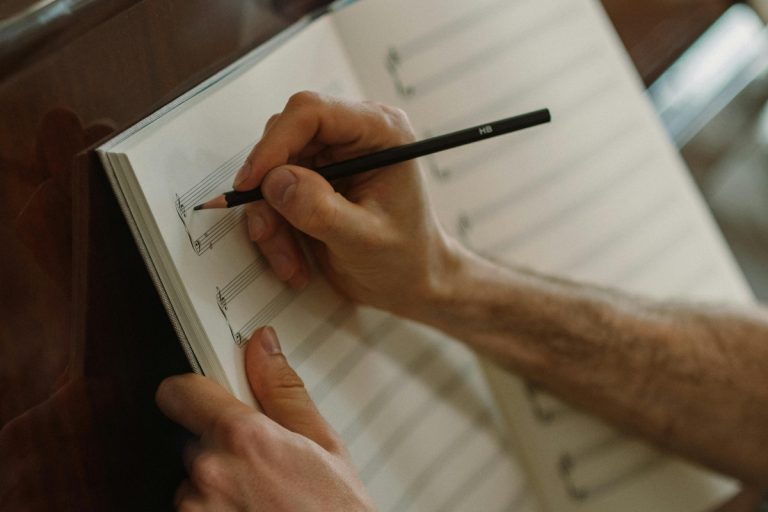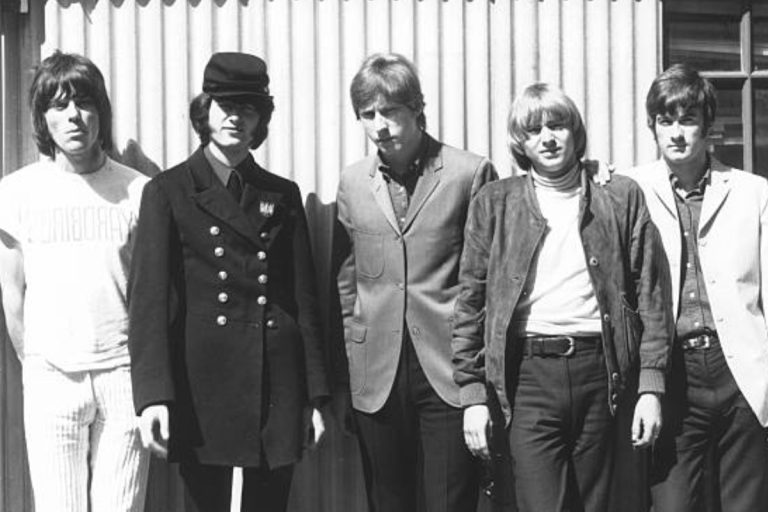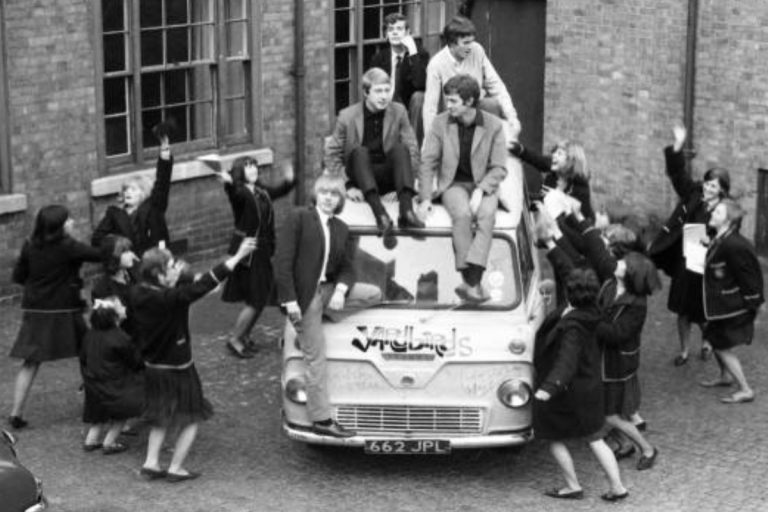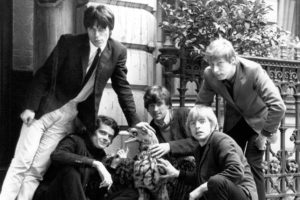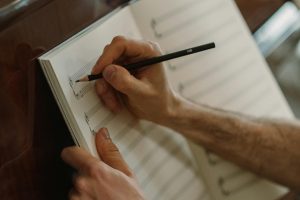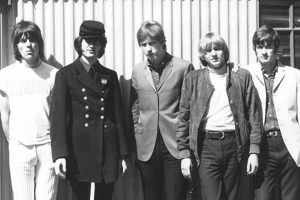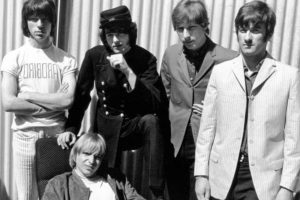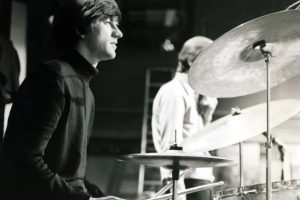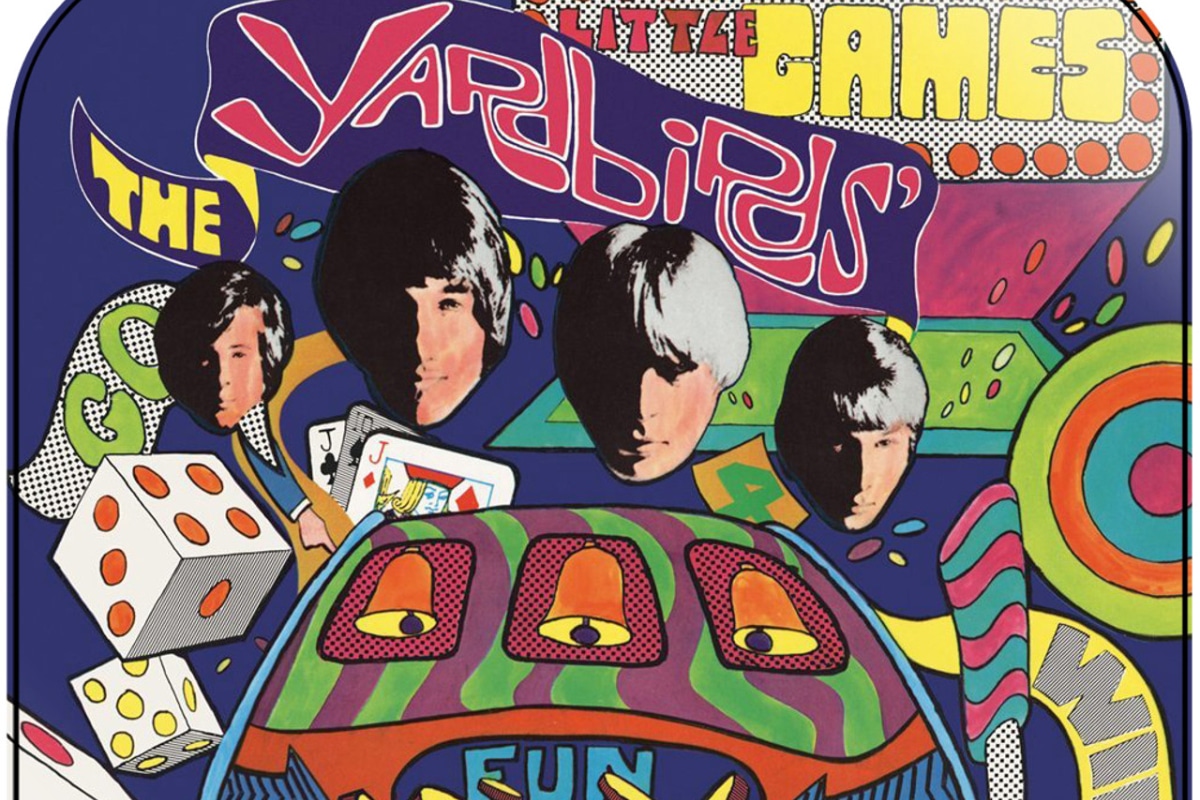
The influence of The Yardbirds on music extends beyond sound, also impacting visual art, particularly in the development of psychedelic album art. Their sound experiments, reflecting psychedelia, paved the way for the emergence of vibrant and surreal album covers, becoming symbols of a new generation in music and culture.
While psychedelic album art became a strong visual statement of the ’60s, The Yardbirds’ influence can be seen in album covers featuring unusual styles and symbovlism. For music fans, content creators, and art businesses, understanding the connection between The Yardbirds and psychedelic art is an essential part of reflecting on the impact of music on visual culture.
A Brief Look Back: What is Psychedelic Album Art?
Psychedelic album art emerged in the 1960s as part of a broader psychedelic movement in music and culture. Along with sound experiments like those of The Yardbirds, the visual designs of albums became colorful, surreal, and symbolic of the complex states of mind often explored by artists and musicians.
In this article, we will discuss how The Yardbirds’ musical experimentation inspired artists to create unique album covers that reflect the psychedelic aesthetic. We will also examine iconic album covers and the role of visual art in expressing their non-traditional music.
The Relationship Between Music and Visual Art in the ’60s
The fusion of music and visual art in the ’60s was no accident. As bands like The Yardbirds experimented with new sounds, visual artists began to experiment with designs that conveyed the same “mind-bending” effect as their music. Psychedelic album covers not only served as outer packaging but also as an extension of the ideology and message of the music.
At that time, rock music began to be more than just sound. Album covers became a form of visual art, offering a more holistic experience for listeners. Bands like The Yardbirds became champions of vibrant and surreal designs in their albums, matching their sound experiments. For example, album cover designs began to feature abstract and psychedelic imagery—symbols of nature, space, and altered states of consciousness—that echoed the message of these bands’ music.
The Yardbirds played a major role in the cult of album covers, particularly in supporting artists who brought psychedelic art into the mainstream. Their album covers not only showcased their innovative sound but also paved the way for visual artists to experiment with new styles tied to music experiments. The result was a visual and musical art that played with the imagination of their fans, becoming a symbol of the ’60s.
Discussing The Yardbirds and Their Sound
The Yardbirds were one of the most influential bands in rock music history, and their sound was a significant part of the evolution of ’60s music. Known for their experiments with blues, rock, and psychedelia, they contributed to the development of new styles and technical innovations in rock music. Guitarists like Eric Clapton, Jeff Beck, and Jimmy Page brought unique sounds that blended blues riffs and psychedelic effects.
Their music did not stick to traditional forms of rock. They used modern and experimental guitar sounds, such as distortion and feedback, which became vital components of the psychedelic sound. Through this, The Yardbirds provided a new sound that matched the ongoing experimentation in visual art, contributing to the growth of psychedelic album art shown in their album covers.
The Yardbirds: Band’s Involvement in Developing Psychedelic Album Art
In its early years, The Yardbirds began experimenting with new styles of sound that led to the rise of psychedelic rock. As a result, the way album art was created also began to change. Their album covers evolved from traditional designs to more colorful and abstract images, reflecting their unique sound and vibe.
“Roger the Engineer” is an example of their embrace of psychedelia in visual art. The album cover, designed by artist Vernon Ward, featured surreal images and psychedelic colors. The use of vibrant colors and abstract forms created the effect of a hallucination—visual representations of their sound experiments.
Artists Who Contributed to the Psychedelic Album Art of The Yardbirds
It wasn’t just the band responsible for changing album art. Behind every colorful album cover design were artists who had a deep understanding of the psychedelic culture. Vernon Ward, for example, was the artist behind the iconic cover of “Roger the Engineer.” His style was full of abstract designs, vibrant patterns, and surreal images—all of which were connected to the visual experiences often experienced while listening to psychedelic rock music.
Ward’s designs featured elements of surrealism and psychedelic visuals, setting a template for other album art in the years to come. The influence of The Yardbirds and their artist can be seen in many album covers of other psychedelic rock bands from the ’60s.
Connecting the Visual and Sound of Psychedelic Music
The sound of The Yardbirds was deeply connected to their visual imagery. Their sound experiments—using new recording technologies, distortion, and reverb—paved the way for the emergence of psychedelic music elements. The visual art that appeared on their album covers was an extension of the same ideas of visual disorientation and surrealism felt in their music.
A great example of the connection between sound and visual art is the creation of the cover art for “Roger the Engineer.” While their music contained experiments and sounds that seemed to come from another world, the covers of their albums featured colors, shapes, and elements that matched the aesthetic of the music. These visuals depicted a shift in perspective— a theme that consistently appeared in psychedelic rock album covers.
The Yardbirds: Group’s Impact on Other Bands and Psychedelic Album Art
The Yardbirds’ influence can be seen not only in their music but also in the bands that followed. Their experiments with sound and album art paved the way for other psychedelic rock bands like Pink Floyd, The Beatles, and Cream. These bands’ albums continued the tradition set by The Yardbirds, where sound and visual art merged to create a unique experience for listeners.
Through their colorful album covers and sound experiments, The Yardbirds helped shape the psychedelic era. The psychedelic album art that started with them became a foundation for art and music in the ’60s and beyond. Artists who spent time and imagination creating visual covers followed in the footsteps of bands like The Yardbirds, providing a deeper connection with their audience, not only through sound but also through vibrant and surreal images.
The visual elements of psychedelic album art served as a gateway for new experiments in art and music, where abstract designs reflected the idea of altered states of consciousness—a central theme in The Yardbirds’ compositions and those of other bands. Thus, The Yardbirds’ influence extends beyond music and into shaping the visual language of the psychedelic era.
The Legacy of The Yardbirds and Psychedelic Album Art
The Yardbirds have a profound influence on music and art, and their legacy lives on through their iconic sound and visual art. Their colorful album covers and sound experiments have inspired artists and bands worldwide. The designs of their albums are not just images; they are statements representing a new era of music, one in which sound and visual art merged to create a unique experience.
Today, psychedelic album art remains an essential part of music history, and the artists who began experimenting with the ideas of bands like The Yardbirds continue to inspire new generations of artists and listeners.
